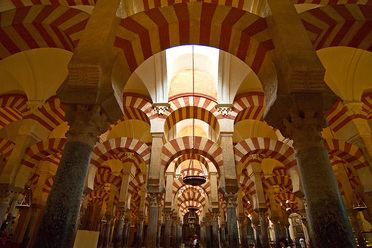Post Classical Age 600 - 1450

With the fall of the Classical Age Empires, the developed world was set to undergo major changes. The Classical Age balance of power disintegrated and new emerging political powers grew to control the remaining trade routes and cities of antiquity. While consistent and regulated cross-regional connections suffered in the crises of the 5 th and 6th centuries, some regions recovered, or emerged anew, relatively soon after the destruction of the ancient world to restore a new type of political and cross- regional world order.
Economics in the 3rd Wave